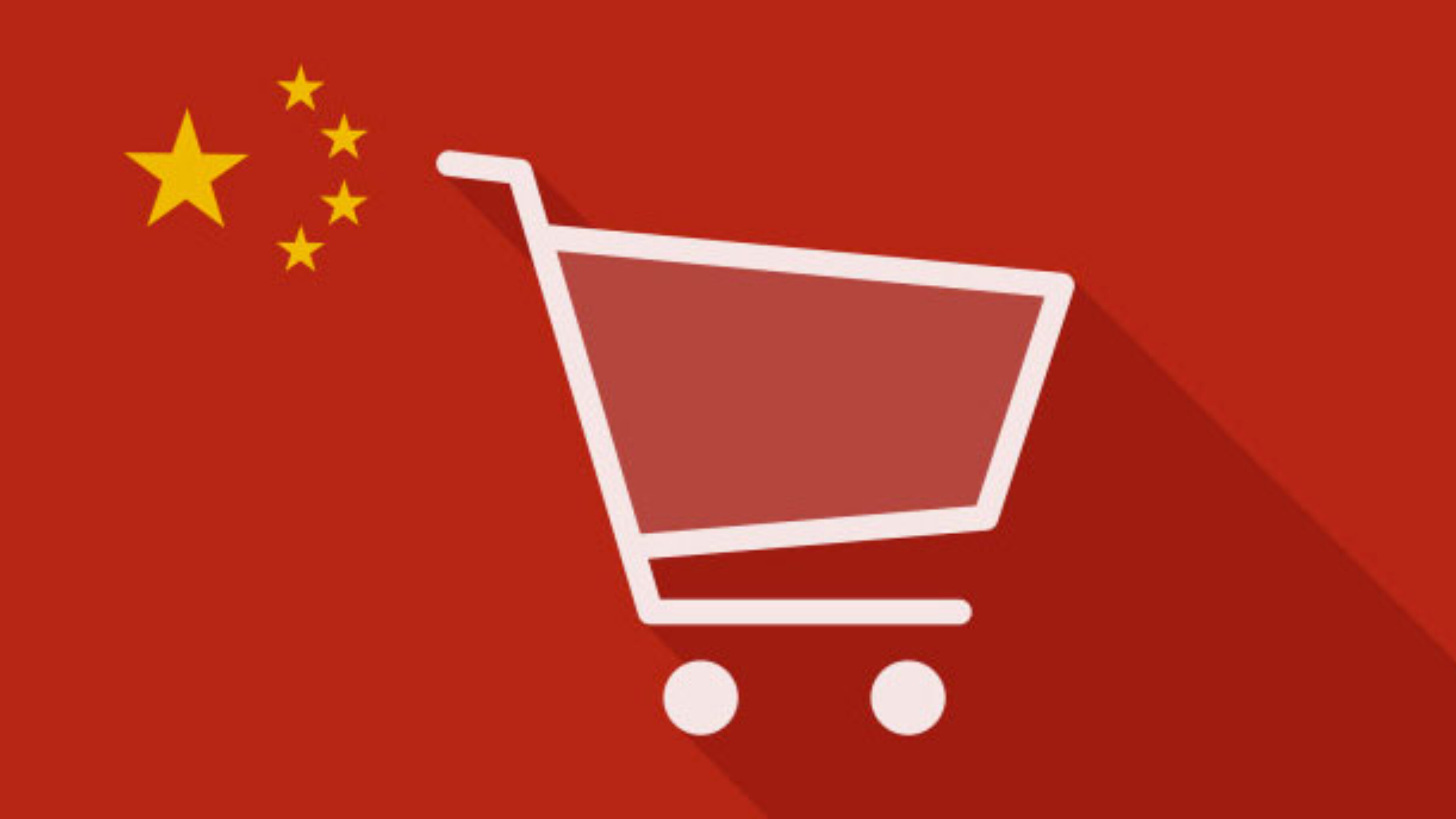Now is a great time to be looking at breaking into the Chinese market. The demand for foreign goods is higher than ever before and China looks set to have more than 200 million cross-border shoppers within the next five years. Indeed, demand is so high that the Chinese government now actively promotes cross-border eCommerce. This is great news for eCommerce site owners looking to break into the market, as they can expect reduced tariffs and lower regulatory requirements. The whole set-up affords you the opportunity to test your brands appeal in the Chinese market from a physical distance and if you are successful you can then contemplate whether or not you want to take the plunge and push forward with opening actual stores in China. Here are a couple of things to consider if you are a brand seeking to create a cross-border eCommerce strategy for the market in China.
While you might want to go it alone, selling your products through a cross-border channel, could be useful. These channels are likely to be more established, which is useful for any new brand. The two biggest players are JD Worldwide and Tmall Global and payment on these sites is facilitated through Alibaba’s Alipay e-payment service. Through the Tmall Global store, stock is warehoused in Hong Kong, which enables your brand to offer fast delivery services to mainland China.
JD Worldwide is the cross-border offering of JD.com. It has two cross-border models. There’s the ‘market place’ version, where brands set up a store and sell directly to Chinese consumers, supported by JD.com’s warehousing and logistics framework, or there is the ‘direct sales’ approach. This is where a platform like JD.com buys stock from an overseas seller and then sells it to Chinese consumers through the cross-border platform. Under these terms they would take care of all logistics, storage and even marketing.
Marketing
So, once you have arrived in the market, how do you tell the millions of Chinese shoppers about your online presence? Cross border trading is taking off in a big way and new brands are cropping up everyday, it is difficult to compete in such a crowded market place. So how do you make yourself appealing to consumer tastes? Well, a good starting point is ensuring that your site is translated into Chinese properly. Another good way to stand out, is by including detailed product information across your site. When setting up a product page it is important to include as much information as possible, far more than you would include in your western site. Chinese consumers like context. They want to know all they can about a product and its uses in general and even more so when it is a new product from a foreign manufacturer. You almost need to over produce your content to sell effectively. Educate consumers on your product pages about all aspects of your products, from functionality to look and feel. High quality imagery is paramount and information about where your product is sourced and manufactured will also be keenly appreciated by the Chinese consumer.
Packaging needs to be consistent and in-keeping with all other aspects of your branding. Your products must look like the genuine article. Chinese consumers are big on product authenticity. Consider using special packaging around Chinese holidays.
Feedback is also a deal maker or deal breaker, depending on how good the comments on your site are. Comments on how your products tasted to how well the website images matched in real life, are useful in influencing your eastern customers.
Encourage feedback, and aim to attract positive reviews through delivering great service and quality products. Quality, authentic goods are held in high regard by the Chinese consumer.
Cross-border eCommerce in China is providing brands all over the world with an opportunity to enter and test their products in a lucrative market. As competition intensifies, it is more and more important that brands stand out and they can do this by providing as much transparent product information as possible.
Brands should also experiment with Chinese eCommerce partners and through this gain exposure to more targeted audiences.








